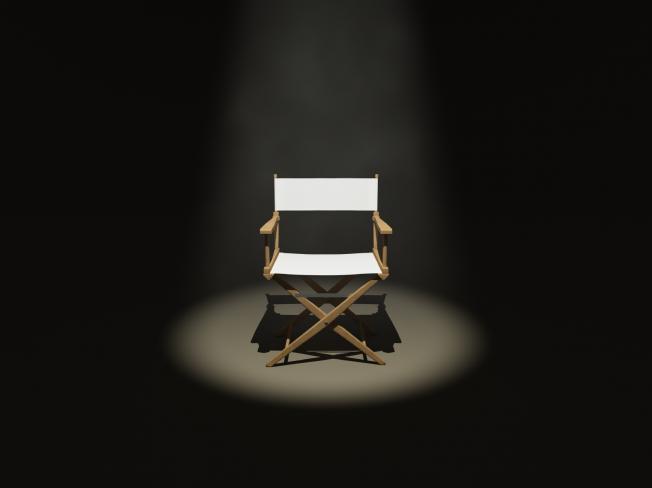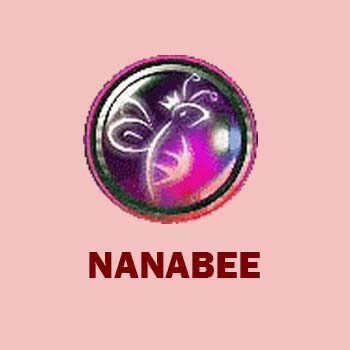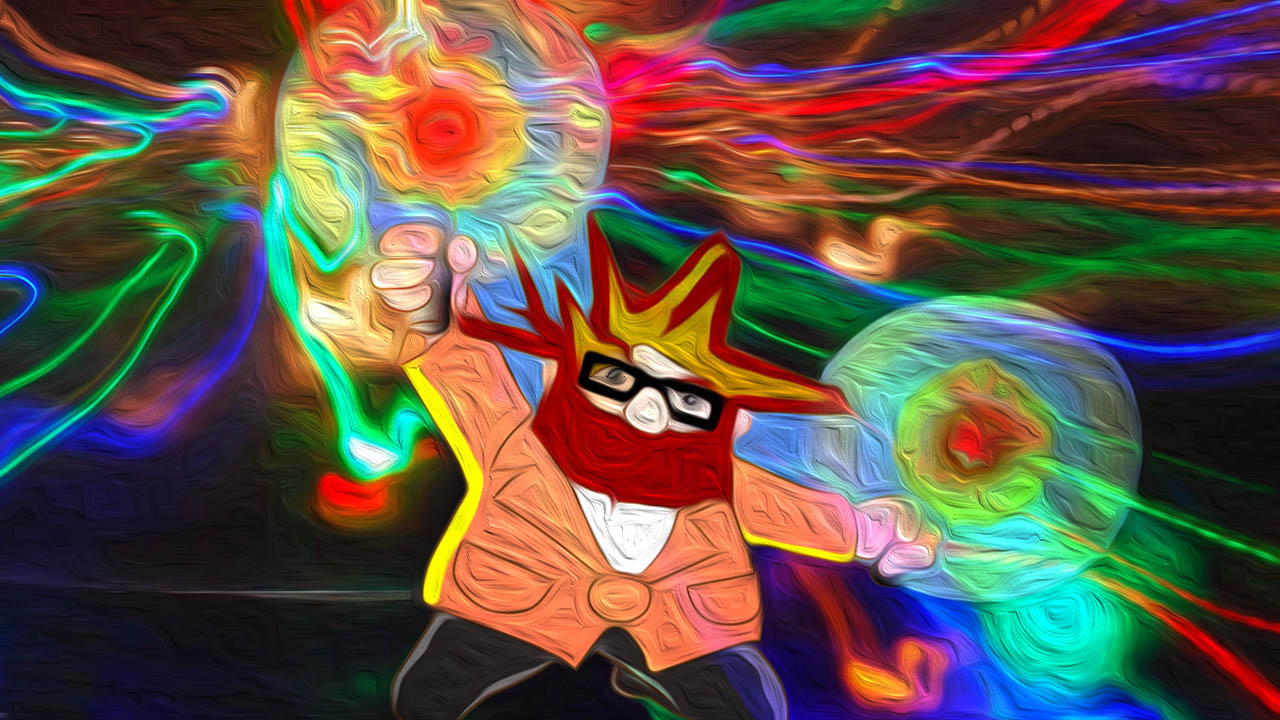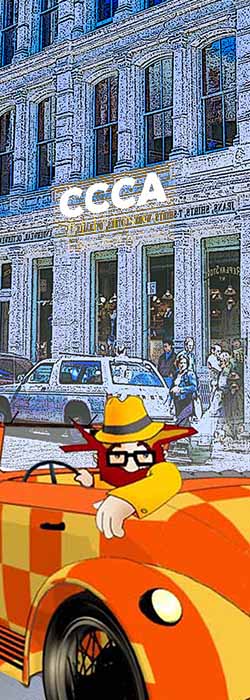
In the mid 70s, with the overproduction and more leisure time, thoughts began to be lifted and the sense of freedom diffused. This trend of thought also had an impact in the field of art. During this period, one of the more influential branches of contemporary art is concept art, ideas or information as the main body. This trend of thought was accompanied by other art such as body art, performance art and narrative art. Art schools, such as artists, turn the metaphysical knowledge of art into specific, exquisite and expensive objects with or without practical value, such as decorations, costumes, daily necessities, etc. So that the business of art, in public view, is not only for antique, calligraphy, painting or conventional art forms.
Concept art is a form of contemporary arts. The ways of expression include written proposal, photography, document, papers, map, film or video tape. Any form of media that can let the creatives to express concepts, ideas or information can be put into the concept art. However, in order to make into a work of art, it is necessary to join the reaction of the audience, that is to say, to attract the attention of the viewers, and also to let people participate at least mentally. Therefore, as an art of film, a film that can be classified as concept art will certainly attract the audience and make the audience happy to discuss after watching. Here, the business administration in art does not affect the core value of art, but the tool to expand the social value.
In the development of concept art, a very important figure must be mentioned, that is, the influence of Marcel Duchamp, who emphasizes that the value of art lies in creativity rather than whether the objects displayed have aesthetic look. In 1917, when he was a young French artist, in a New York art exhibition, he deliberately signed a urinal with “R. Mutt” and named it “Fountain” as his work to the show. Of course, what he argued that the “art” with the concept of “ready made” had been rejected. Bu, it caused a wide discussion after that moment.

Taking the urinal as a demonstration, he has presented the way of thinking in prototype of how to appreciate art. He contrasted the art exhibition with his “Ready Made” objects, and put forward his arguments with objection, such as the association and functionality caused by this work, so as to reflect the essence of art, such as liberation, recreation, entertainment and appreciation. He also thinks more about the issues of observation and extended thinking . Since then, in the field of art, many values have begun to change. Duchamp suggested that the existence of art is far more than the object itself or skills. His argument is that the important part of art comes from the artist’s intention, as well as the creative concept to be expressed, rather than the artwork itself. What’s more, conceptualism emphasizes that the way of art presentation is not limited to form, so he thinks that art is to present creativity, not for art show. His argument contrasts with other artists at that time, such as Picasso and Matisse’s abstractism or formalism, and influences other art trends, such as Dada, he himself also participated in the development of surrealism in some periods, and showed anarchism and political satire in his artistic view.
Duchamp’s idea is the origin of concept art, and then his argument that “art is for creativity” has been extended to be that art is for philosophy, art is for information, art is for language, art is for mathematics, art is for autobiography, art is for social criticism, art is for adventure, art is for laughter, and art is for storytelling. After the latter half of the 20th century, many speculative topics have been injected into the identification of media contents, social science and art.
Since then, advertising slogans, toilet literature, movie titles and fashion can be classified as the application of concept art. However, whether it is successful or not depends on the audience’s participation and response, and the breadth of concept presentation.
In the digital age, the influence of concept art still holds, but in terms of expression, it is based on the background of the times to recreate cultural vocabulary.

If you are interested about more art and career development as a creativepreneur, you may join our membership.


















